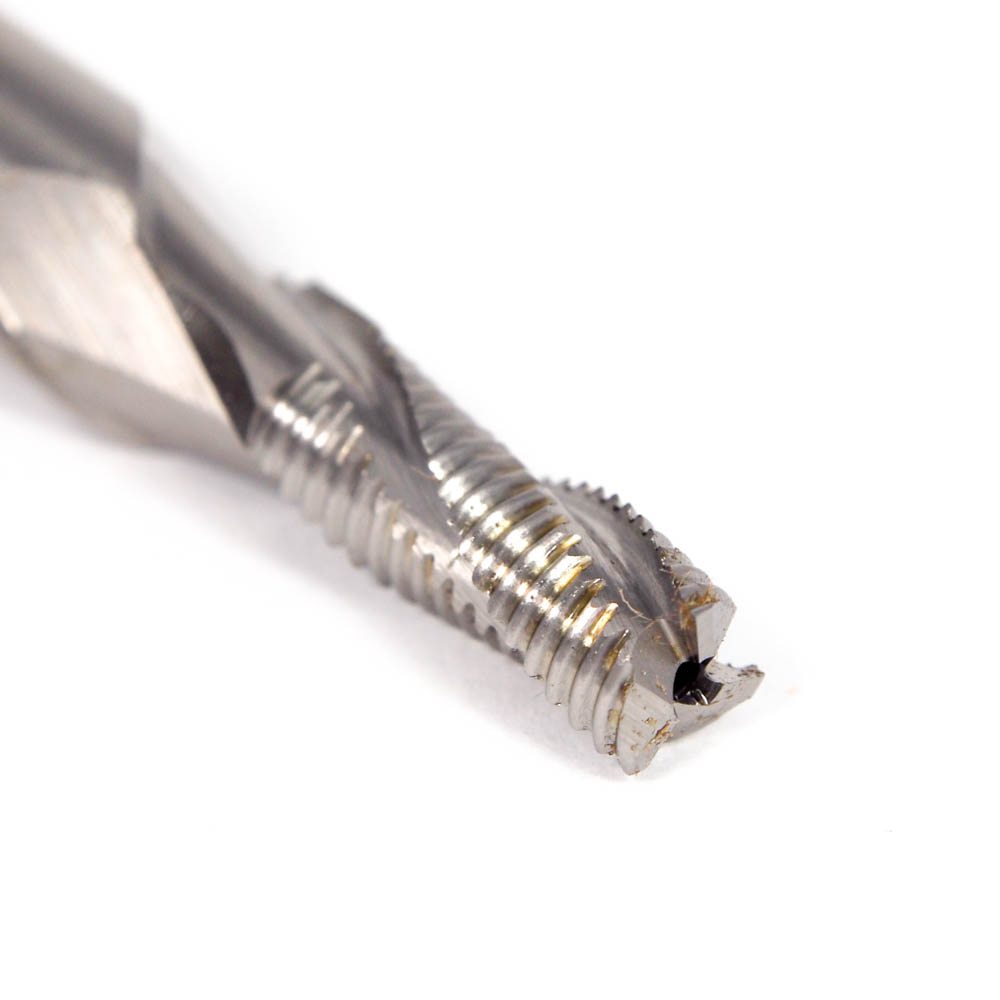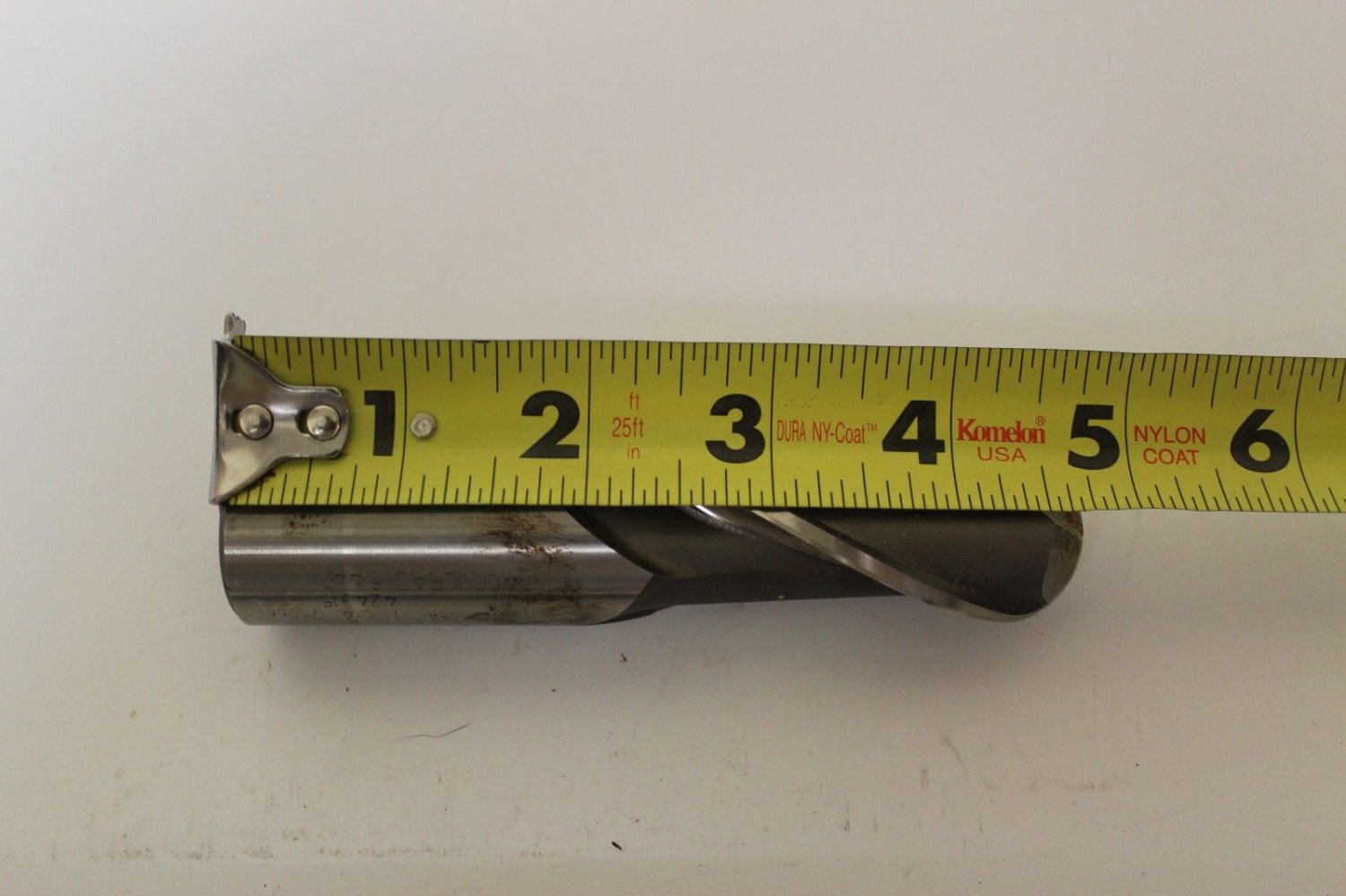

Two Flute: The two-flute end mill has the greatest amount of flute space allowing for more chip carrying capacity. Works well in harder materials such as Inconel and Hastelloy. The fine profile has a shape, which provides the tool with a stronger edge that will last longer and permits a better surface finish on the workpiece. It is recommended for heavy machining conditions where high metal removal rates are required.įine Profile: Designed to increase tool life over a coarser profile, this style is recommended for profiling operations, but NOT in the following conditions: (Depth of Cut) x (Width of Cut) > Diameter squared (D2). It is excellent in deep slotting conditions and heavy side cuts, and its design draws the least amount of power consumption. Ideal for today’s rigid and powerful CNC machinery.Ĭoarse Profile: This is the most commonly found profile. In order to improve productivity over a conventional end mill, the roughing end mill (also know as a “hog mill”) was designed not to last longer, but to remove more material by taking heavier cuts in a fixed amount of time, without creating vibration. Also has improved resistance to both operating side thrusts and deflections due to constant helix. Tapered: Results in faster and freer cutting due to more evenly formed chips over the entire length of the flute. These are best used for mold applications, removing more material faster than ball end mills. Also used to create compound curves for molds and dies where sharp corners must be avoided.Ĭorner Radius: End mill with radius ground on tops of flutes to help reduce chipping on the tip. Used to produce a radius in the bottom of slots or pockets for added strength. Square End: Used for general milling applicationsīall End: Used for shallow slotting, contour milling and pocketing applications. This is particularly a cost-effective option for larger diameter tools. Carbide end mills, which can be run 2-3X faster than HSS, are best for maximizing speed and tool life.Ĭarbide-Tipped: Offering some of the advantages of solid carbide tooling, carbide is brazed to the cutting edges of steel tool bodies.

Heavy feed rates are more suitable for HSS and cobalt tools.

Carbide is brittle and tends to chip when conditions are not ideal, rather than wear.

However, the user should be aware that carbide’s hardness comes at the expense of its toughness. Carbide provides the user with the ability to run faster with less tool wear. Carbide also provides better rigidity than HSS, which enables the end mill to provide a higher degree of dimensional accuracy and superior surface finishes. This allows the cutter to withstand high cutting temperatures and provides excellent wear resistance. Carbide can run much faster because of the material’s extreme hardness. Solid Carbide: Primarily used in finishing applications, carbide provides several advantages over HSS or cobalt materials. PM is used in highshock and high-stock applications such as roughing. Powdered Metal (PM) Cobalt:A cost effective alternative to solid carbide, powdered metal is tougher and less prone to breakage. This material, combined with the proper geometry has proven the most cost-effective for machining cast iron, heat treated steels and titanium alloys. There is very little chipping or microchipping under severe cutting conditions allowing the tool to run 10% faster than HSS, resulting in excellent metal removal rates as well as good finishes. HSS is used for general purpose milling of both ferrous and non-ferrous materials.Ĭobalt (M-42: 8% Cobalt): Provides better wear resistance, higher hot hardness and toughness than high speed steel. High Speed Steel (HSS): Provides good wear resistance and costs less than cobalt or carbide end mills.


 0 kommentar(er)
0 kommentar(er)
